Data Architect: Role Description, Skills, Certifications and When to Hire
AltexSoft
FEBRUARY 11, 2023
This suggests that today, there are many companies that face the need to make their data easily accessible, cleaned up, and regularly updated. Hiring a well-skilled data architect can be very helpful for that purpose. What is a data architect? Let’s discuss and compare them to avoid misconceptions.

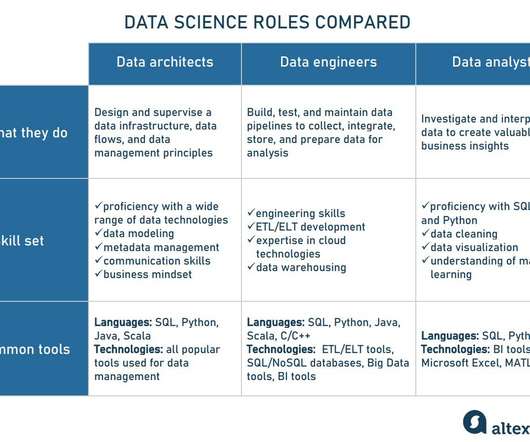
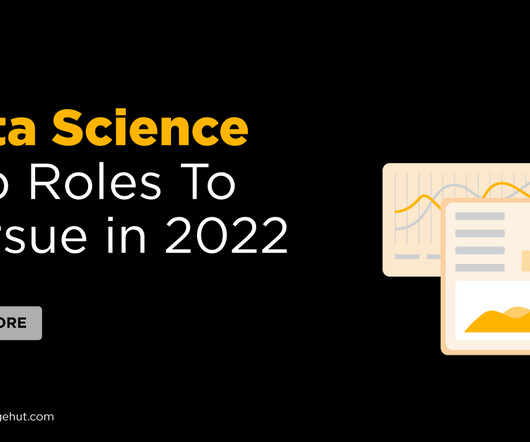
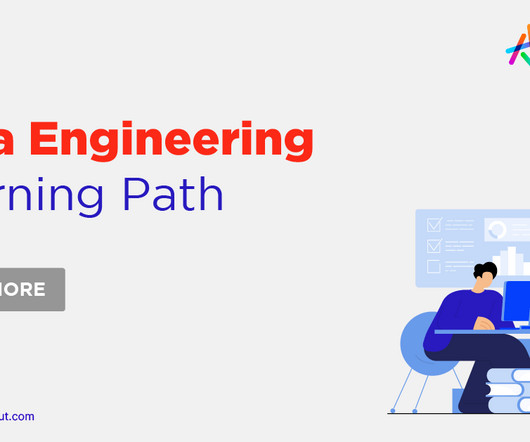
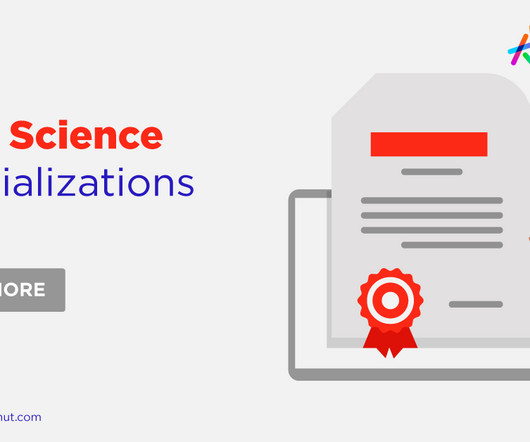
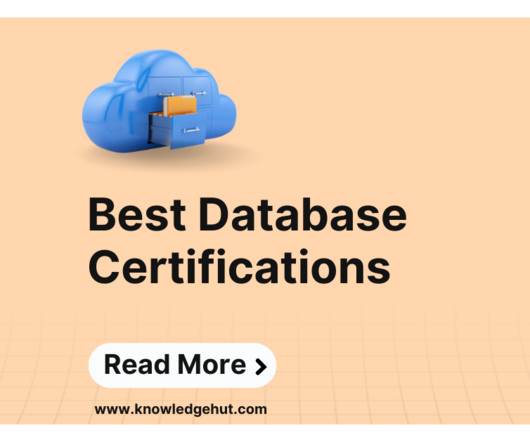






Let's personalize your content